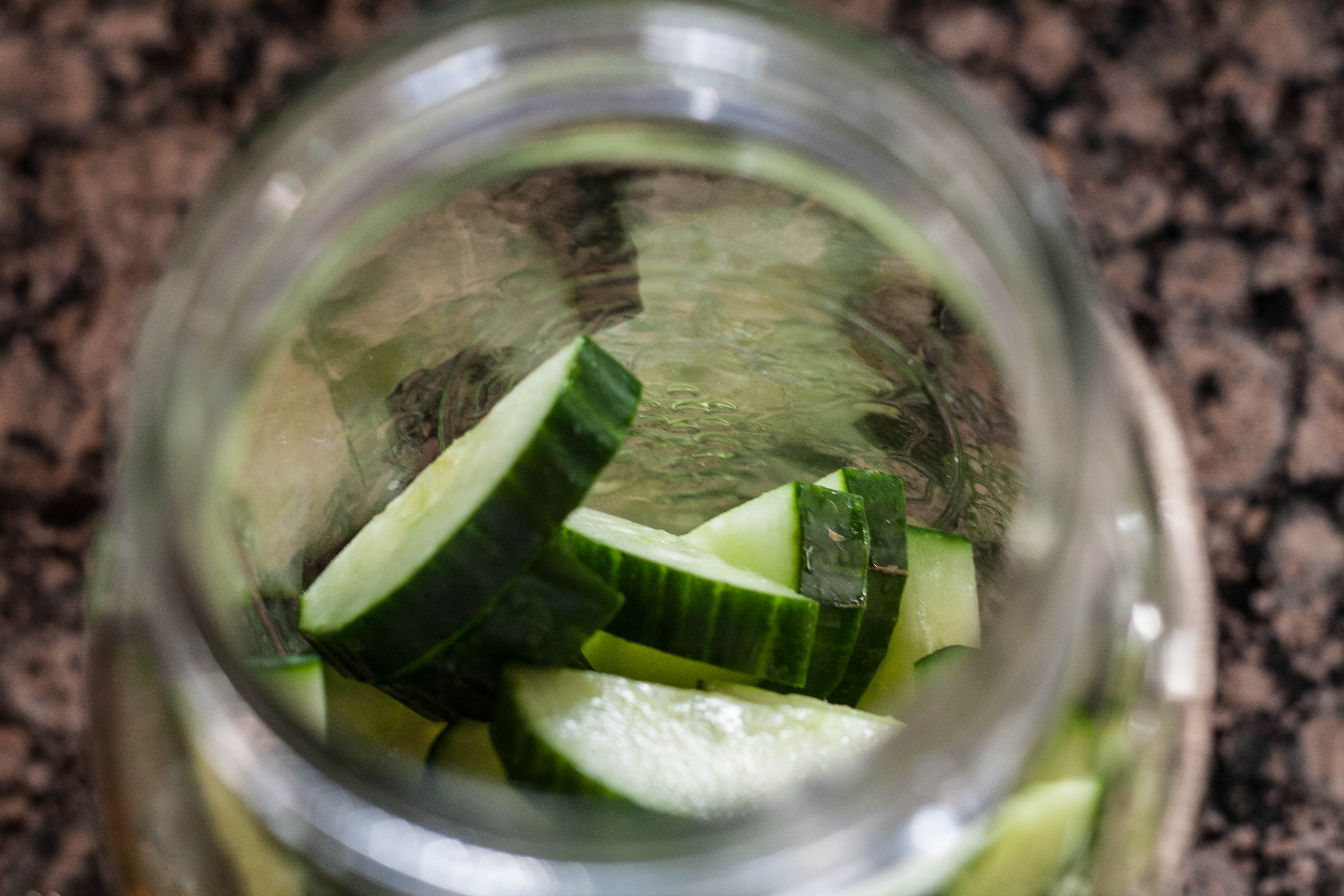Summer is the time when we are lucky enough to spend time outdoors, yet there are so many pests that we often times tell ourselves it's a better trade off to stay indoors instead of receiving bug bites that seem to last forever.
Myself, personally, must be a bug magnet. Every weekend after camping and/or hiking I am covered in fresh spider and mosquito bites. My boyfriend seems to attract the ticks while I attract the mosquitoes and spiders, I would trade him in a second!
Very recently I became horribly fed up with always itching myself (to what felt like my death) and so I started researching and experimenting with a variety of remedies for bug bites. This is what I found.
First of all, bugs in the city are different from bugs in the country even if they're technically the same type of bug and so the following suggestions are relative to where you'd be receiving the bites (ie, the country or the city).
In one of my previous posts about vinegar, I recommended vinegar as a good solution for treating bug bites. I still stand by this suggestion but have found this
only works on city bug bites, more specifically mosquito bites. I have had
some success with vinegar on city spider bites as well. My boyfriend swears by a mixture of vinegar with mustard on city bug bites and I've found that has helped me on several occasions after sitting on the porch too long on a nice night.

In one of my recent fits of itchiness I was complaining about the severity of the bites to my Chemistry lab partner. He told me to try 'Tea Tree Oil'. At first I thought he was just giving me some BS hippie remedy but the next time I was at Wal-Mart, I broke down and bought a bottle of it. The bottle is just under $5 and found in the first aid section. The label has no official uses on it and is 100% natural. The bites I was suffering from at the time were spider bites from a farm house in northern Nebraska. (We forgot to set off a bug bomb when we first got there, silly us!) We got home from the store and I instantly put the oil on my worst spider bites at the time and found relief in a matter of a minute. It didn't have a cooling property like some treatments but it worked almost instantly.
The next time we were camping, as always in summer camping, there were loads of flies during the day swarming our camp and harassing us non-stop. I'm not sure why I decided to do it, but I put some dabs of tea tree oil on my skin that wasn't covered with clothing and I noticed that the flies stopped being as obnoxious. They would come near me but wouldn't land on me or would only land on my clothes; which doesn't bother me because I couldn't feel it! This will also work on country mosquito bites. Basically any issue you're having with bugs in the country, this will work. Of course, it also works on city bugs but is truly a miracle worker when you're out in the woods. Make sure to re-apply it after swimming for continued coverage.

Another remedy I know we've all heard of is 'Calamine Lotion'. This has been a go-to for ages and does work pretty well. I've found that if I have bites which are oozing or I've scratched to the point of bleeding, then Calamine is a great option. It does have the cooling effect you would hope for in most bug bite treatments and is dual purpose in case you run into an poisonous plants while you're on your outdoor adventure. However, it seems like Calamine lotion has become more liquid-y over the years as I remember it being thicker when I was younger. For proper application, you must make sure you bring cotton balls along with you. I would say any sort of soft material would work but the lotion clings to towels and makes toilet paper fall apart. Cotton balls are the most useful for application of this remedy. Calamine Lotion works great on city and country bugs and bites of all types. The one downfall I've found is that I will need to re-apply Calamine more often than the tea tree oil as the effects of the tea tree oil seem to last longer than Calamine.
On my camping trips I always bring tea tree oil and Calamine lotion. These are my "go-tos" after a night of viscous bug bites. You would think the smoke from the campfire would keep them away but they just migrate to your back instead!
Of course there are many bug bite treatments like Benadryl cream, Hydrocortisone cream and various bug bite treatments found in the camping section of any store but these are the 3 which I have found work most effectively for me. Since I'm camping almost every weekend, bug bite solutions are a must! No one enjoys being itchy.
Do you have your own bug bite remedies?? Please share!!








